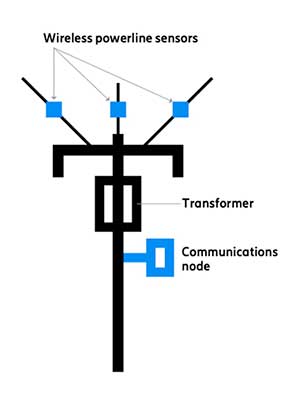
New technologies, power grid security, and improved efficiencies are all enabled by LTE Wireless, which addresses many of the challenges that utilities face. The reliability and security introduced by LTE wireless will extend from power distribution to the last mile of the power delivery infrastructure as utilities continue to adopt grid modernization.
Solar panels are being installed in many homes by environmentally conscious and cost-conscious consumers. We used just to consume energy. Now, we may be able to send power back into the grid while tracking it in real-time.
It’s exhilarating to see your power usage statistics confirm that your rooftop solar is a good investment. You’re ecstatic to be a Prosumer—both a producer and a consumer! You may, however, have questions: What’s causing my consumption to spike to the point where I’m paying for power from the grid rather than earning credits? Who else has access to the data my smart meters and rooftop solar generate? Am I safe if the power goes out on my grid?

The utility company also has concerns: how can we ensure that consumer-generated solar energy does not overload my power grid? What are the best ways for me to quickly expand into new areas? How can we prevent bad actors from hacking into the rest of the power grid if we open up our grid to rooftop solar systems?

The last mile of the power grid is where power enters the consumer domain, and it’s also where safety and security take center stage. We’ll talk about how LTE allows for real-time monitoring of power grid components when high-voltage lines enter a neighborhood and how consumer power generation effects and enables the power grid. We’ll also look at how LTE helps to secure the power grid by allowing utilities to share wireless access across consumer and operational domains.















